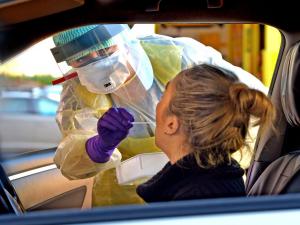
By Ian Jones, PA
Wales and Northern Ireland are recording their highest rates of new cases of Covid-19 since January, as the third wave of coronavirus continues to pick up pace across the country, new figures show.
Fermanagh & Omagh in the south-west of Northern Ireland also has the highest rate of any local authority in the UK, with a total of 1,003.9 cases per 100,000 people recorded in the seven days to August 18.
This is the first time that any local authority in Northern Ireland has recorded rates over 1,000 since comparable records began in summer 2020, when mass testing was first introduced.
The figures show how the third wave of coronavirus, which began in the UK at the end of May of this year, is once again on the rise after a period last month when it appeared cases may have peaked.
Around two-thirds (67%) of all local authority areas across the UK are currently recording an increase in case rates, including every area in Wales, all but one area in Northern Ireland (Mid Ulster) and all areas on mainland Scotland, according to analysis by the PA news agency.
Northern Ireland’s rate of new cases currently stands at 579.5 per 100,000 people, the highest since January 8. while Wales is now at 297.4 per 100,000, the highest since January 16.
The picture is slightly different for the other two nations.
In Scotland rates are also rising sharply, but are currently below the levels reached earlier in the third wave at the start of July.
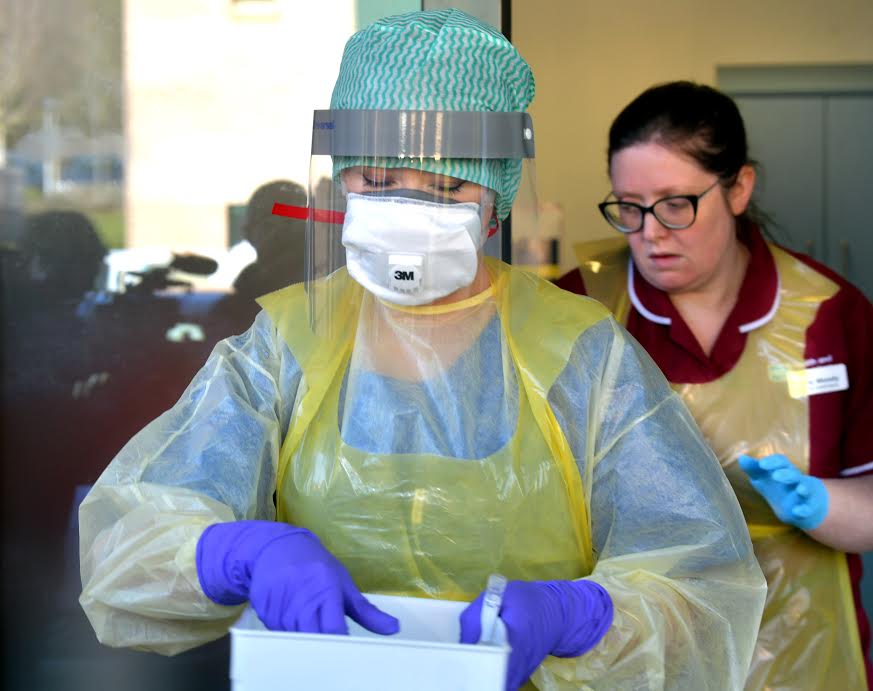
Scotland recorded 289.2 cases per 100,000 people in the week to August 18, up week-on-week from 167.2, though still below the recent peak of 425.0 on July 3.
England is the only one of the four nations where rates are currently rising slowly rather than sharply, with 323.8 cases per 100,000 in the week to August 18 – up from 306.9 a week earlier.
England is also still some way from hitting the sort of levels seen last month, when case rates peaked at 543.4 on July 19.
All four nations have now experienced a similarly “shaped” third wave.
Cases began to rise from the end of May and spiked in July, although on different dates for each nation; this was followed by a partial fall in cases and a levelling off; then came a renewed increase in cases in August, which was sharp enough in Wales and Northern Ireland to overtake the spike in July.
Unlike the first and second waves of coronavirus cases, however, the third wave has yet to cause a similarly sharp rise in the number of hospital cases and deaths.
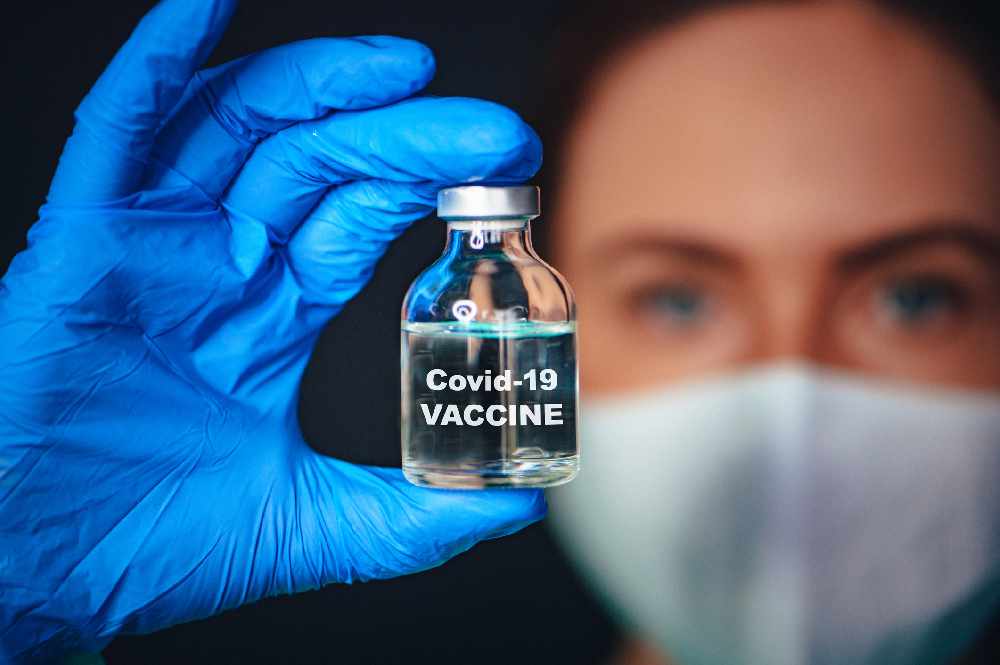
A total of 6,441 patients with Covid-19 were in hospital in the UK as of August 19.
This is up 9% on the previous week and is the highest number for five months.
But it is a long way below the 39,254 patients who were in hospital at the peak of the second wave on January 18 – the highest for any day since the start of the pandemic.
Meanwhile the average number of UK deaths reported each day of people who have died within 28 days of testing positive for Covid-19 currently stands at 98.
This compares with a peak of 1,248 on January 23.
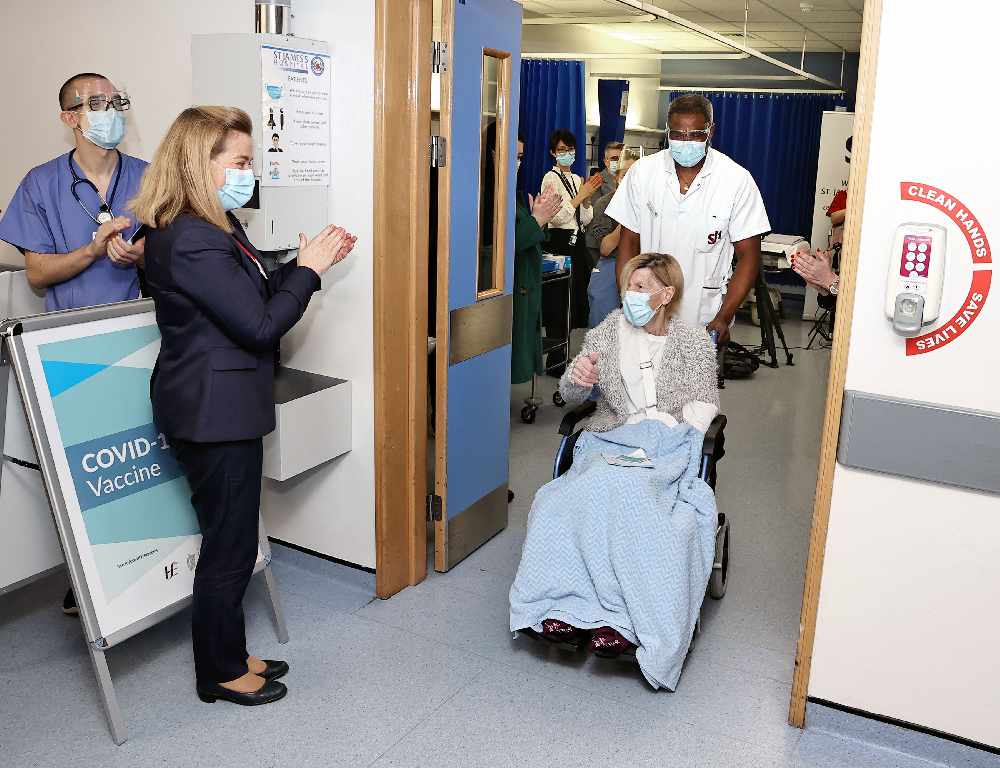
The relatively low levels of hospital patients and deaths during the third wave so far reflects the impact of the Covid-19 vaccination programme, which has now seen nearly 77% of all people in the UK aged 16 and over fully vaccinated.
The vaccine rollout in England is estimated to have directly averted between 91,700 and 98,700 deaths, together with more than 82,100 hospital admissions, according to the latest figures from Public Health England.
Vaccination rates vary between the four nations, particularly among young people, however.
Northern Ireland is estimated to have given a first jab to only 68% of 18 to 29-year-olds, compared with 71% in England, 73% in Scotland and 76% in Wales.
Northern Ireland has just held a “Big Jab Weekend” in an attempt to encourage people to come forward for their first dose, with health officials saying at least 8,000 vaccinations were delivered over the past two days.


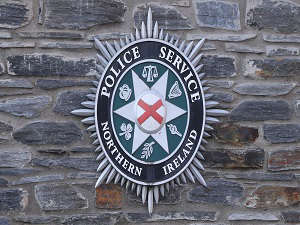 Nine Northern Ireland schools targeted with threatening email thought to be hoax
Nine Northern Ireland schools targeted with threatening email thought to be hoax
 Exhumed remains not those of Disappeared victim Joe Lynskey
Exhumed remains not those of Disappeared victim Joe Lynskey
 King and Queen conclude three-day visit to Northern Ireland
King and Queen conclude three-day visit to Northern Ireland
 Conor McGregor seeks to introduce new evidence in civil rape appeal case
Conor McGregor seeks to introduce new evidence in civil rape appeal case
 The UK’s ‘best places to live’ revealed in annual Sunday Times guide
The UK’s ‘best places to live’ revealed in annual Sunday Times guide